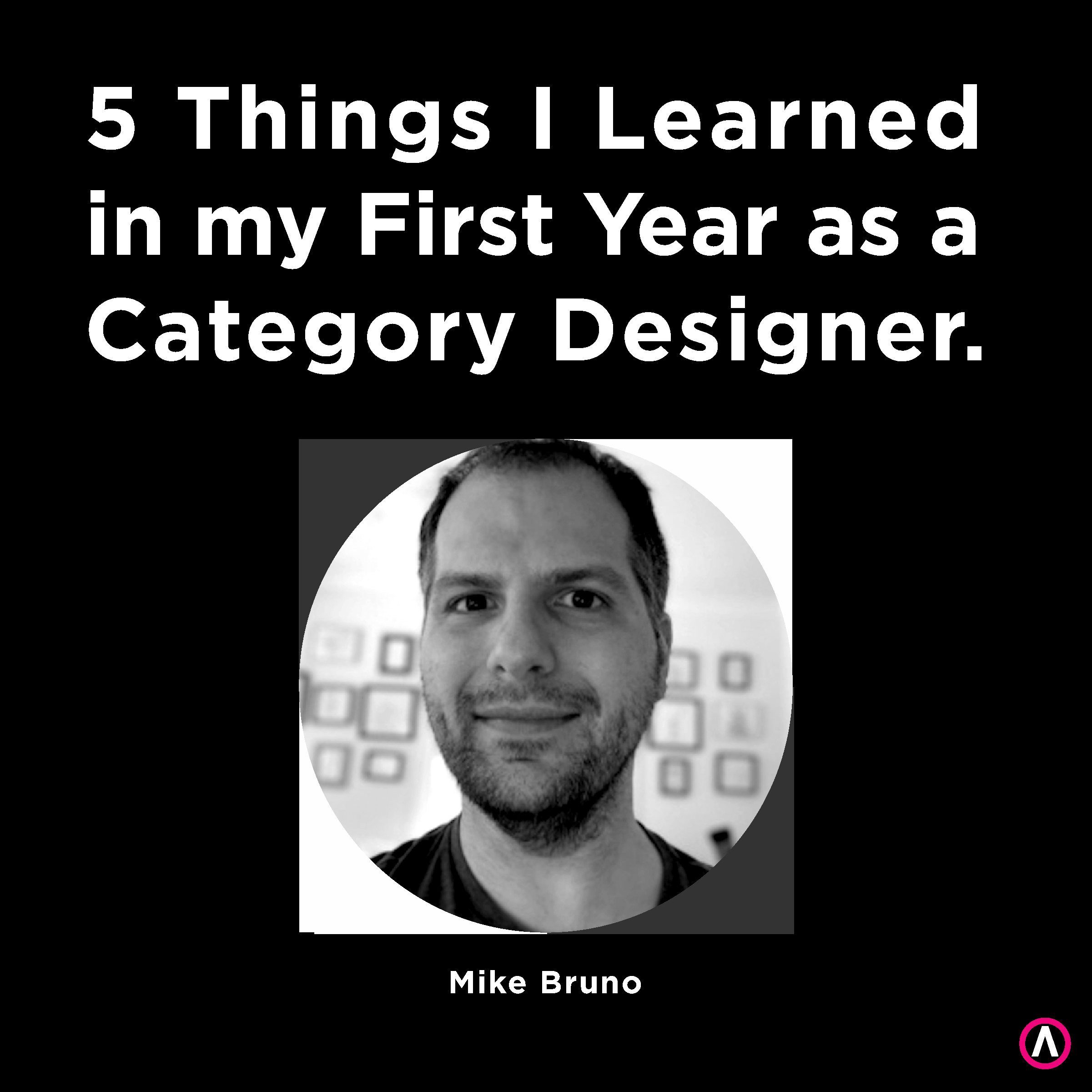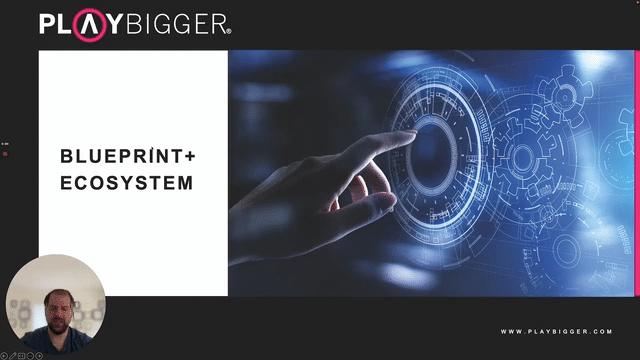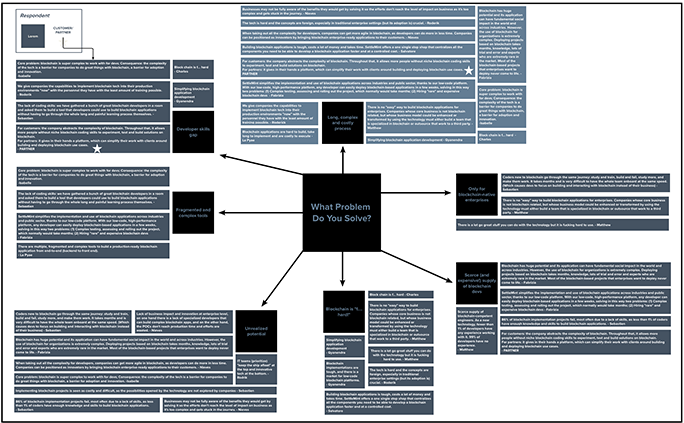5 Things I Learned in my 1st Year as a Category Designer


Mike uses Loom Video Explainers to help guide our customers through their category design.
A year ago - almost to the day - they hired me to join them.
So what’s it been like?
Hard? Yes. Eye opening? Absolutely. A humbling return to a beginner mindset? Yeah, that one for sure. Which, honestly, has been the most important part of the whole journey for me. Learning new things, changing my own perspective and then using that to help enterprises do the same.
So, in that spirit, I thought I’d share the five most interesting and surprising things I learned in the past year.
Better is Worse
I’ll be honest, I always thought better was better. I think that’s fair. But better is also the original cliche. A claim that stretches back as far as the competitive marketplace, and it isn’t all that compelling to begin with. People aren’t parsing the minutia of features and benefits or risks and rewards when weighing their behaviors, they’re noticing whether or not the stuff they use solves their problems. When you bring a new problem out of the shadows and make people feel its consequences, that’s what drives behavior change. Because solving different problems by bringing something new into the world is always going to be more compelling than being better than what’s already there by some small increment.
The Biggest Problem You Can Have is Not Having a Problem
Who wants problems? They’re so … problematic. And yet, without a clear problem, there’s no need for a solution. I think this is what a lot of enterprises get wrong, focused on solving old problems incrementally, or on marketing features without considering what the bigger problem might be. When this happens, they are damned to a spiral of “better” claims that can be bested, and aren’t all that compelling to begin with (see above!). But when enterprises pinpoint a real problem that no one sees or thinks they can solve, that’s when a really big opportunity emerges. Solving that kind of a problem is hugely enticing to prospects, and profitable to enterprises.

Mike creates data visualization to synthesize category assessments.
Today is Not Tomorrow
Obviously. But most companies seem to be blinded to what could possibly be created in the future by what they know is possible to create today. Said another way, they think in time horizons that are too short. They worry that unveiling a category that is still in development will turn off customers. But that’s not true. Setting a vision for a new category requires foresight, and the best category designers in the world do this. They launch categories that combine the current reality (and immediately available products) with a future state, usually a few years off, where the products aren’t ready yet. Painting a compelling picture of the future, it turns out, lends credibility and gets people excited. That’s good!
Urgent Things are Overrated
I knew this from reading the book, PLAY BIGGER. That gravity, or the day to day stuff and crises that come up, can pull a category design project out of orbit. But I was surprised to see how omnipotent gravity is and how vigilant category designers need to be in circumventing it. The key to doing that, I’ve seen, is by imbuing even more urgency into the category design work. Setting deadlines that can’t be walked back, like a lightning strike date, help keep unimportant urgent things from stealing a category's momentum.

Mike uses presentations to help customers refine their problem statements.
Nothing is Immutable
Clearly, a person who takes a job creating categories understands that categories can be created. And yet … listening to my colleagues at Play Bigger go through all the categories that people invented (which is to say, all of the categories), made me realize somewhere in the depths of my consciousness, I thought of these categories almost as stuff that was divined by some greater force. Al, Play Bigger CEO, talking to me about frozen foods as a category that was invented really brought that to the fore - it took a guy and some chutzpah and a lot of thinking and planning to create that category. But, it also proves that Category Design is doable. Viable. And lasting.
But perhaps the biggest thing I learned this year is the power of Category Design. When you stick to the principles, some of which I outlined above, our research shows 76% of the market cap goes to the Category Leaders. So these seemingly simple, if often missed principles, have the potential to drive enormous value. And I think that’s pretty amazing. So that’s what I’ve learned, and I’m hopeful you can take something from it as well.
Thanks for reading!
